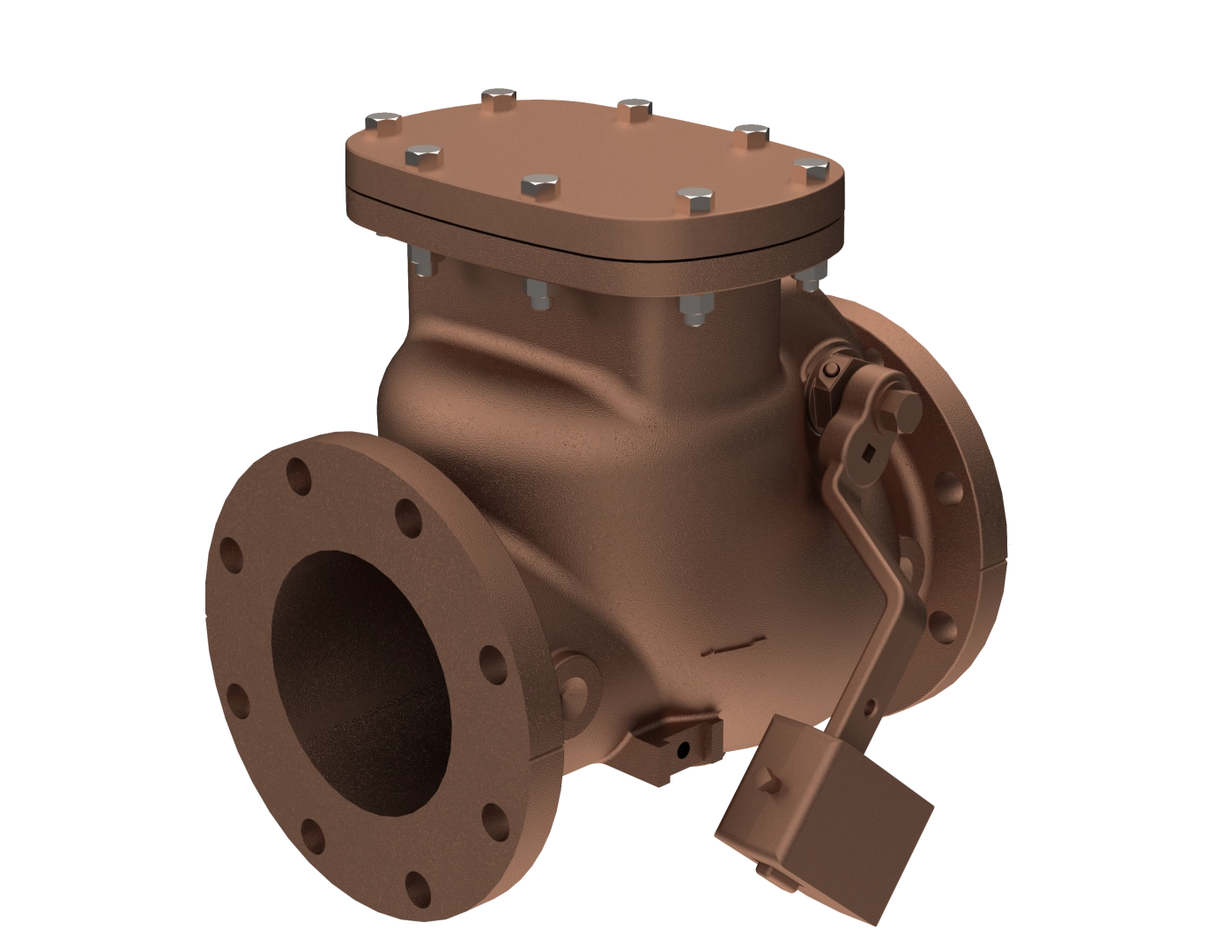Dock pilings play a pivotal role in shaping sustainable waterfront infrastructure, offering both structural integrity and environmental stewardship. As coastal and riverside areas continue to develop, the demand for durable, eco-friendly infrastructure solutions becomes increasingly essential. Dock pilings vertical columns driven into the seabed or riverbed to support docks, piers, and other waterfront structures serve as foundational elements that enhance safety, resist environmental stresses, and promote responsible construction practices in marine and riparian environments. One of the foremost contributions of dock pilings to sustainability lies in their ability to minimize shoreline disruption. Unlike bulkheads or seawalls that can lead to increased erosion and habitat loss, pilings allow water to flow naturally around structures, preserving the ecological balance of the surrounding area. By reducing sediment displacement and allowing aquatic organisms to move freely, dock pilings help maintain biodiversity and water quality. Additionally, pilings made from environmentally friendly materials such as recycled composites, marine-grade treated wood, or corrosion-resistant steel ensure long-term durability with minimal environmental impact.
Dock pilings also provide resilience against the forces of nature, which is especially critical as climate change leads to rising sea levels and more frequent storms. Properly installed pilings are designed to withstand the pressure from waves, currents, and even ice, reducing the need for constant maintenance and reconstruction. This durability translates to lower lifecycle costs and a reduced carbon footprint over time. In areas prone to hurricanes or strong tidal fluctuations, dock floats anchor structures securely, preventing displacement and contributing to the long-term viability of waterfront developments. Furthermore, the use of pilings in waterfront design encourages modular and adaptive infrastructure. Floating docks and adjustable platforms supported by pilings can accommodate changes in water levels without major redesigns. This adaptability is essential in regions where water conditions are unpredictable or rapidly evolving due to climate factors. The ability to integrate modern technology such as solar lighting, tide sensors, or green roofing onto piling-supported structures also enhances the sustainability profile of waterfront facilities.
From a construction perspective, modern piling installation techniques are less invasive and more efficient than traditional methods. The use of hydraulic or vibratory hammers reduces noise pollution and minimizes impact on nearby aquatic life. Additionally, advanced geotechnical surveys and computer-aided design ensure precise placement, optimizing performance and reducing waste. These innovations support eco-conscious development while maintaining high safety and engineering standards. Dock pilings are more than just structural supports they are a cornerstone of sustainable waterfront infrastructure. By facilitating low-impact development, supporting ecological integrity, and withstanding environmental pressures, they offer a smart, long-term solution for coastal and riverfront projects. As urban planners, environmental engineers, and developers seek to balance growth with environmental responsibility, dock pilings stand out as a practical and sustainable choice for building resilient, future-ready waterfronts. Their continued use and innovation will play a crucial role in ensuring that waterfront development remains both functional and environmentally respectful for generations to come.





